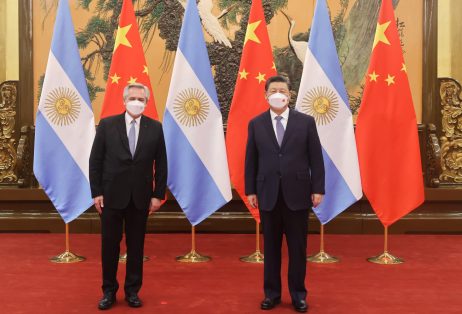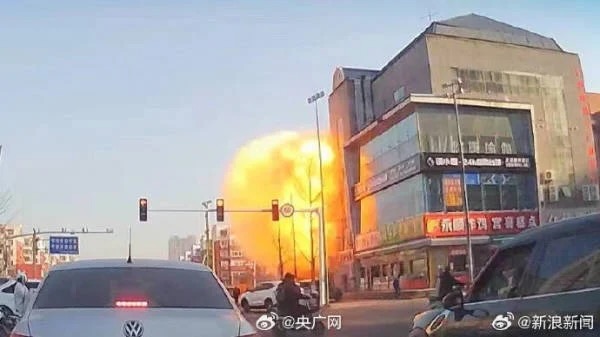As part of a larger push to exert its influence in the region, China has finalized a deal with Argentina to build a nuclear power plant using its advanced clean energy technology.
The US$8 billion plant named “Atucha III” will utilize China’s Hualong One’s reactor design and is the latest development in warming diplomatic ties between Beijing and the second largest country in South America.
Located near Lima — a town about 62 miles northwest of the capital Buenos Aires — the plant will be Argentina’s fourth nuclear power station and will have an “installed capacity of 1.2 gigawatts and an initial life of 60 years,” according to a statement released by Argentina’s government.
Beijing and Buenos Aires first agreed to cooperate on the project back in 2015, but progress had stalled until the contract was signed between state-owned China National Nuclear Corporation (CNNC) and Nucleoelectrica Argentina on Jan. 31.
The agreement comes after a meeting between Argentine President Alberto Fernandez and Chinese leader Xi Jinping, where the latter showed support for Argentina’s claim to the Falkland Islands.
The government of Argentina believes the Falklands were illegally taken from them in 1833 and invaded the islands that were under British rule in 1982. The United Kingdom responded by deploying troops to the region, defeating Argentine forces in a two-month war for the South Atlantic archipelago.
Success
You are now signed up for our newsletter
Success
Check your email to complete sign up
The meeting also resulted in an agreement that Argentina would sign on to China’s Belt and Road initiative and pave the way for other Latin American countries to join the project as well.
READ MORE:
- UK Protests China’s Support for Argentine Claim to Falkland Islands
- China’s ‘Belt and Road Initiative’ Falters as Beijing Runs Out of Funding
CNNC said on its WeChat account on Feb. 14 that the nuclear deal is an “engineering, procurement and construction (EPC) contract,” and comes ahead of Fernandez’s scheduled trip to China later this week.
On the agenda for the two presidents’ upcoming meeting include plans for “pushing forward existing hydropower and railway projects and deepening cooperation on trade, industry, infrastructure and investment,” according to China’s state news agency Xinhua.
Argentina’s government also said that the nuclear project will involve further innovation in “engineering, construction, acquisition, commissioning and delivery of a HPR-1000 type reactor.” It also added that construction for the plant was set to start at the end of this year.
Details of financing for the nuclear plant deal were not made immediately available though both governments said it would include a “third generation pressurized plant technology and would rival Europe’s Evolutionary Pressurized Reactor (EPR) technology,” Reuters reported.
The two nations also agreed to cooperate on green development, digital economy, as well as strengthening the aerospace and agriculture industries.
Fernandez was also in attendance at the Beijing Olympic Games, an event many world leaders have decided to boycott amid concerns over China’s human rights record.
READ MORE:
- 2022 Beijing Winter Olympics: Which World Leaders Are Attending, Who Isn’t?
- CCP’s Beijing Winter Olympics Propaganda Fest Marred by Controversy
Cui Shoujun, a professor at Renmin University of China in Beijing, said joining China’s Belt and Road initiative during the Games was a “high profile” move by Argentina and signaled a desire for it to strengthen diplomatic and economic ties with Beijing.
“This was a strategic choice by them,” Cui said.














